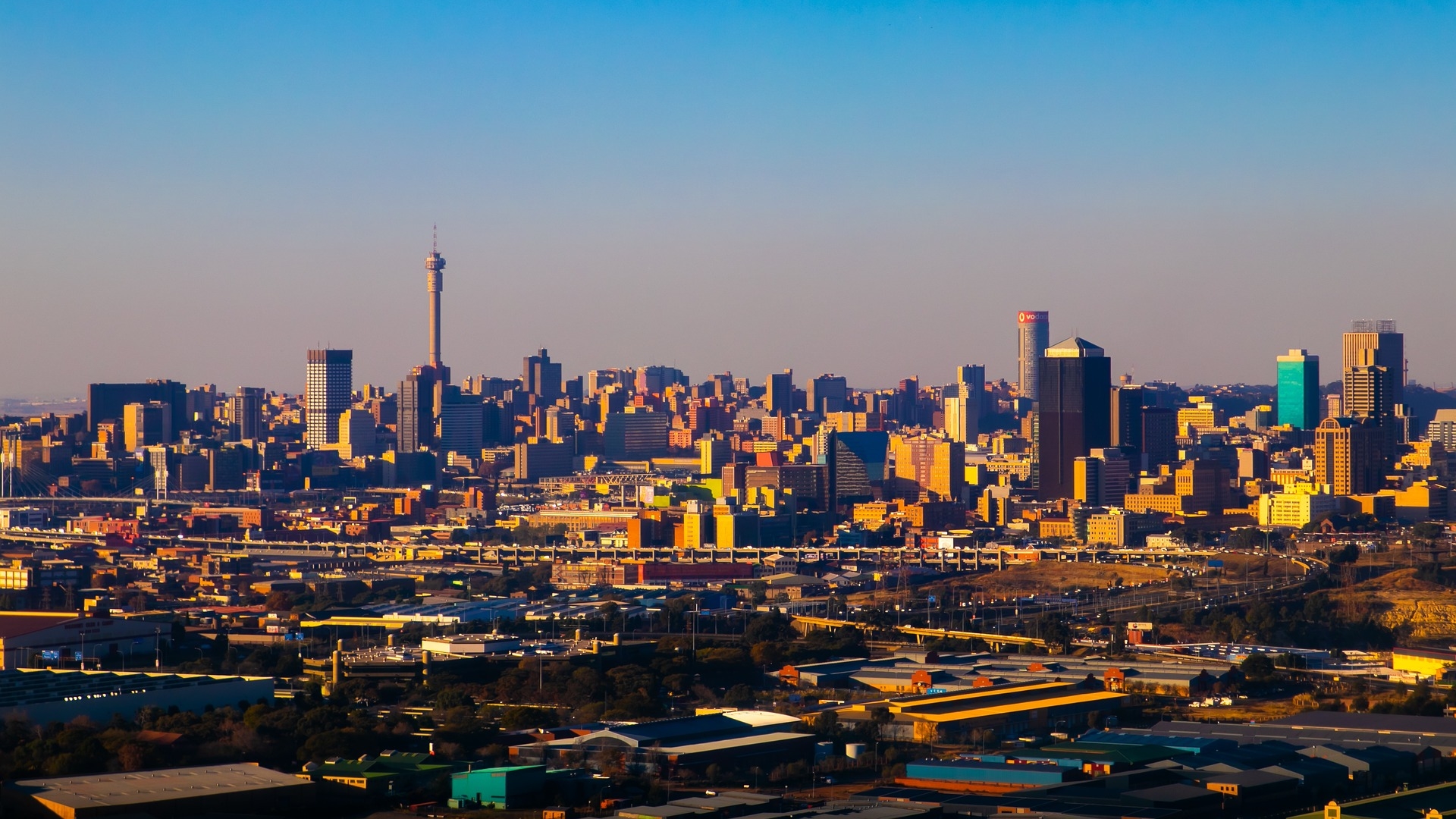- City Power chief executive officer, Tshifularo Mashava said that the utility is working to address the woeful state of Johannesburg’s loadshedding schedules.
- This could mean a return to four-hour blocks of loadshedding should loadshedding move above Stage 4.
- This would mean longer blocks of loadshedding but larger gaps allowing customers to recharge devices and backup solutions.
Since the beginning of November, Johannesburg residents have had to contend with more frequent loadshedding after Eskom handed control of power cuts over to City Power.
This move saw an end to four-hour blocks of loadshedding in certain regions of Johannesburg but it quickly became clear that the alternative, was somehow worse. Instead of contending with four-hour blocks of loadshedding, City Power implemented a schedule which saw residents faced with more frequent blocks of loadshedding. This resulted in some areas only having power for one and a half to two hours between loadshedding blocks causing frustration and chaos.
Last week City Power addressed this frequency of loadshedding but only for Stages 1 – 4, Stages 5 – 8 would still face the problem of minuscule gaps between loadshedding stages. The utility said that it would have a solution to this problem in the next two weeks but we have heard how City Power may address this.
Speaking with ENCA’s Heidi Giokos, City Power chief executive officer, Tshifularo Mashava said that the utility is working to address the woeful state of Johannesburg’s loadshedding schedules.
“Stage 1 to Stage 4 will definitely still be two hours because it’s actually better for the customer. We are revising our decisions of two hours in terms of higher stages. So Stages 5, 6 , 7, if 8 happens to happen, we are revising that. We have listened to the customers that said ‘Listen, rather give me four hours than two hours’ and we are considering that,” Mashava said.
“We don’t want people to only have one and a half hours or two hours of electricity in between [loadshedding blocks],” the CEO added.
CEO explaining Loadshedding schedule https://t.co/K54iN4OhKe
— @CityPowerJhb (@CityPowerJhb) November 27, 2023
The decision to halt four-hour blocks was partly guided by the increased frequency of cable theft and vandalism during these outages. Four hours gives criminals ample time to dig up cables and cut them without fear of being electrocuted. In addition, four hour blocks also tend to drain the batteries that power City Power’s infrastructure uses to switch the power back on when the loadshedding stint is over.
The utility also notes that the surge in demand post loadshedding can cause a trip. The utility often asks customers to switch off geysers, pool pumps and inverters before the power returns to avoid the system tripping.
Johannesburg businesses and residents may have to get used to these four-hour blocks again, especially given that higher stages of loadshedding can just appear out of nowhere.
[Image – Gia Conte-Patel from Pixabay]

